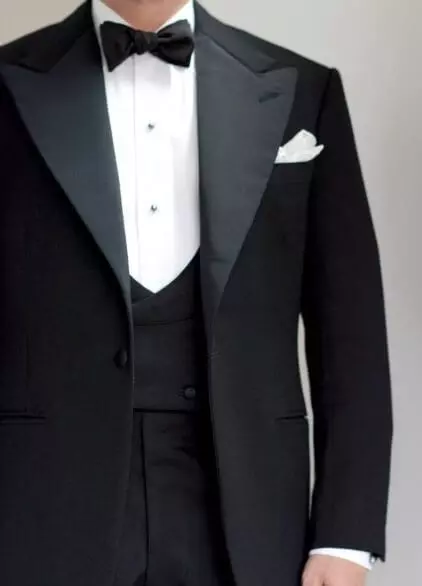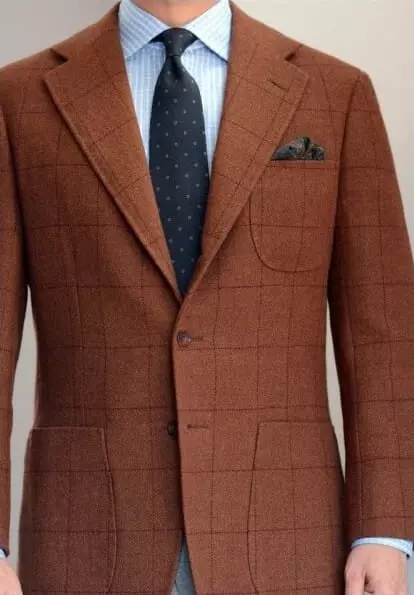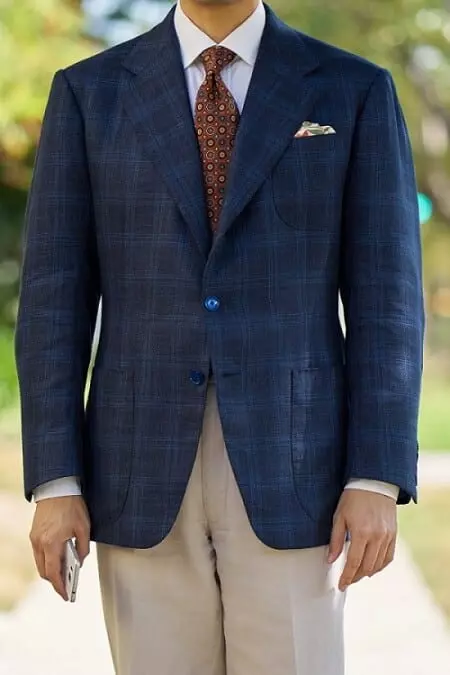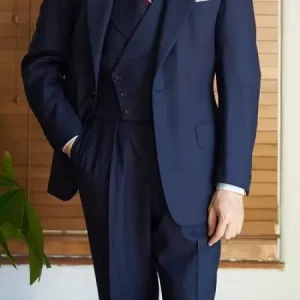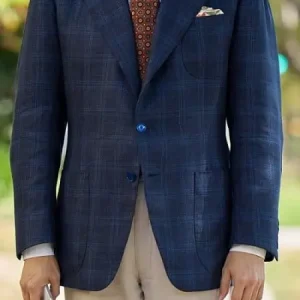Burlington Steed Mens Bespoke Suits
Savile Row, London. A name known to millions across the world as the home of fine tailoring. Burlington-Steed, our Gents bespoke tailoring brand provides the best on offer, for those who demand the best in a gentleman’s suit….
Burlington-Steed now provides a consultation service, which brings the prestige of Savile Row to the client, with no need to visit London.
If you would like to arrange a appointment with a Burlington-Steed Consultant please use the contact details below.
- Email us at support@theburlingtonshop.com
- Call us at 0203 383 1000
- Or fill in the form below:
Our Burlington bespoke garments are made entirely by hand, from start to finish. From cutting your personal pattern, to hand sewing the buttonholes. You can rest assured your garment has had the utmost care and attention taken with it. With an extensive array of cloth and lining choices to choose from, you can guarantee your Commission will be individual to you.
Lead time is approximately 8 to 12 weeks. Express options can be discussed.
THE PROCESS
How will this work? You will be contacted by our tailor to make an appointment for your initial measurement. Once a tailor has stared on your new suit he will stay on the job for it’s duration.
MEASUREMENT
The first appointment with new customers will entail taking around 30 separate measurements from which we work. These will be taken at your location and will include a consultation about the cloth for your new suit.
PATTERN CUTTING
Once we have taken all of the measurements and various figuration details at the original appointment, we will draft a unique paper pattern using all of those details and a refined system that is unique in its self and very unlike ones used elsewhere on Savile Row. Rather than using a block pattern and adjusting it, we start from scratch and draft using a technique called “Rock-of-Eye” which is done by free hand and using the cutters own interpretations.
Once completed this paper pattern will remain with us for the duration of our working relationship with the customer. Whenever alterations are made to any garments, either finished or at the fitting stage, these will then be applied directly to the paper pattern to keep it up to date.
CLOTH CUTTING
Once the cloth has been selected, we take the paper pattern for that individual and lay it out on the cloth which is know as “The Lay”. The pattern is then chalked around and the cloth cut by hand using traditional cutters shears. Inlays are left to allow for any alterations in future, if the customers weight fluctuates.
TRIMMING
This involves adding extra materials for the tailor in terms of canvasses, linen & linings amongst other materials. These are all used in the inside construction and help create the unique Burlington Steed silhouette.
FIRST FITTING
At this stage we will make any alterations that may be needed, taking into account the customers posture. However you do find as soon as you place a customer in a mirror they stand upright and unnatural so we generally get chatting and make them feel more comfortable and relax before starting the process of looking at what alterations may be needed. Typical alterations made here are just a slight nip in the waist to give a bit more waist suppression or “snap”, sleeve length and to narrow the shoulders slightly. Our shoulders always come up on the wider side of things as it is much easier to work backwards and gives both us and the customer a better visual idea as to how the finished garment will look.
SECOND FITTING
Previous alterations and amendments are refined, giving the suit its exceptional fit and comfort. The suit is checked for break over shoe, waist of trouser, drape, neck point and cuffs etc.
FINISHING
Predominately done by a tailoress, the edges of the jacket will all be stitched by hand and in the case of it being a tweed, we will use what is called a “swelled edge”. Whereby it will be sewn approx 3/8″ (1cm) in from the edge, unlike most suit jackets and blazers, which would be sewn virtually on the edge. In both cases the purpose of this stitch is to stop the edges rolling. The “swelled edge” is mainly a distinguishing feature of tweed jackets, due to the thickness of the cloth but could be utilised as a style feature if required. Along with the edge stitching, the buttonholes, felling of the lining and the undercollar will all be done by hand to prepare the jacket for pressing and buttoning, before delivery to the customer
FINAL FITTING
The suit is now ready for the final fitting and is either sent out to the customer.




